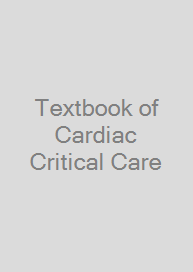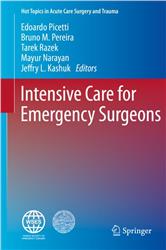Stroke
A History of Ideas
| Auflage | 2023 |
| Seiten | 250 pp. |
| Verlag | Warner Home Entertainment |
| ISBN | 9781108832540 |
| Artikel-Nr. | 679626 |
Noch nicht erschienen, ca. Juli. Liefertermin 1-3 Tage nach Erscheinen
Produktbeschreibung
Stroke, as known today, is caused by occlusion or rupture of one or more blood vessels in the brain. Its manifestations were reported as long as medical records exist; sudden collapse, loss of movement and sensation, with preserved respiration and heart action. The book chronicles how ideas about events in the brain or its blood vessels evolved over 400 years. Starting with the revival of ancient medicine in the middle of the 16th century, the narrative ends in the 20th century, when techniques for brain scanning heralded the possibility of treatment for cerebrovascular disease. The narrative is exclusively based on primary sources and shows how this part of medical knowledge evolved, including byways and blind alleys. Frequent accounts from original sources assist the reader in following how clashes of opinions led to improved understanding, making this an indispensable reference for the history of stroke research.
Emphasises complete coverage of the history of stroke research and treatment, painting a true account that encompasses both the successes and the blind alleys that led to today's understanding of the condition
Exclusively based on primary sources throughout the centuries and using citations translated by the author, readers will be sure in the knowledge that the book portrays events in the context in which they occurred
Authored by eminent professor of neurology Jan van Gijn, this book is a comprehensive history of stroke from an authoritative figure in the field
Emphasises complete coverage of the history of stroke research and treatment, painting a true account that encompasses both the successes and the blind alleys that led to today's understanding of the condition
Exclusively based on primary sources throughout the centuries and using citations translated by the author, readers will be sure in the knowledge that the book portrays events in the context in which they occurred
Authored by eminent professor of neurology Jan van Gijn, this book is a comprehensive history of stroke from an authoritative figure in the field
Fachzeitschriften

Bleiben Sie informiert!
Melden Sie sich für den frohberg.de-Newsletter an und nutzen Sie jetzt Ihre Vorteil:- Willkommens-Dankeschön: Beatmungsmaske Rescue Me
- Aktuelle Neuerscheinungen und Empfehlungen
- Exklusive Angebote und Kongress-Highlights










